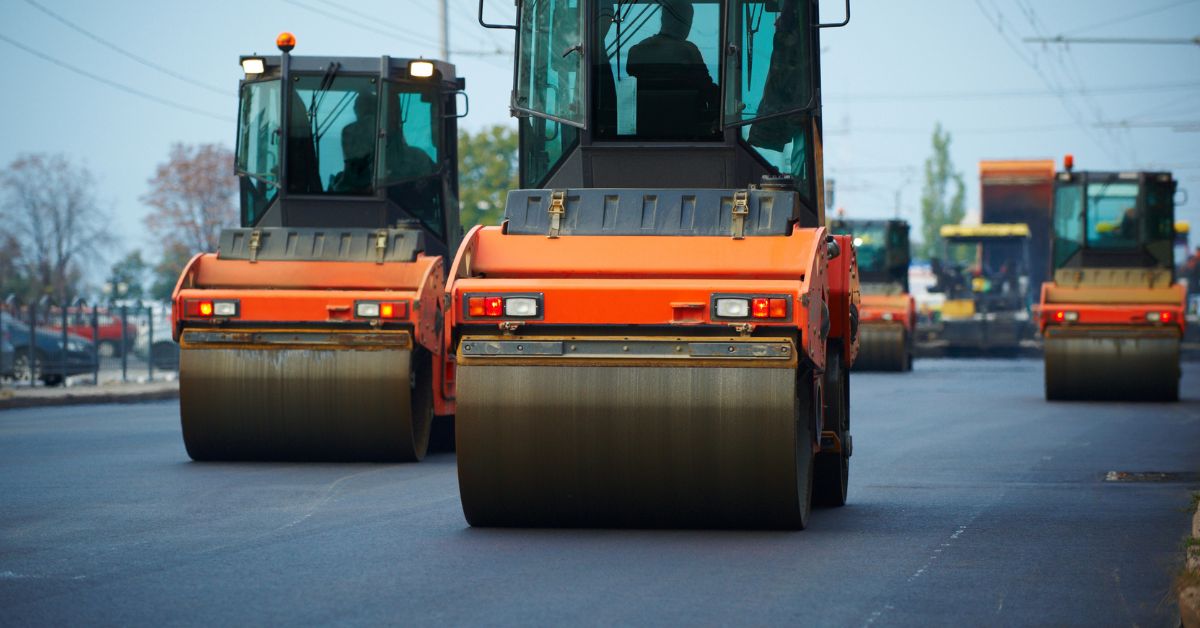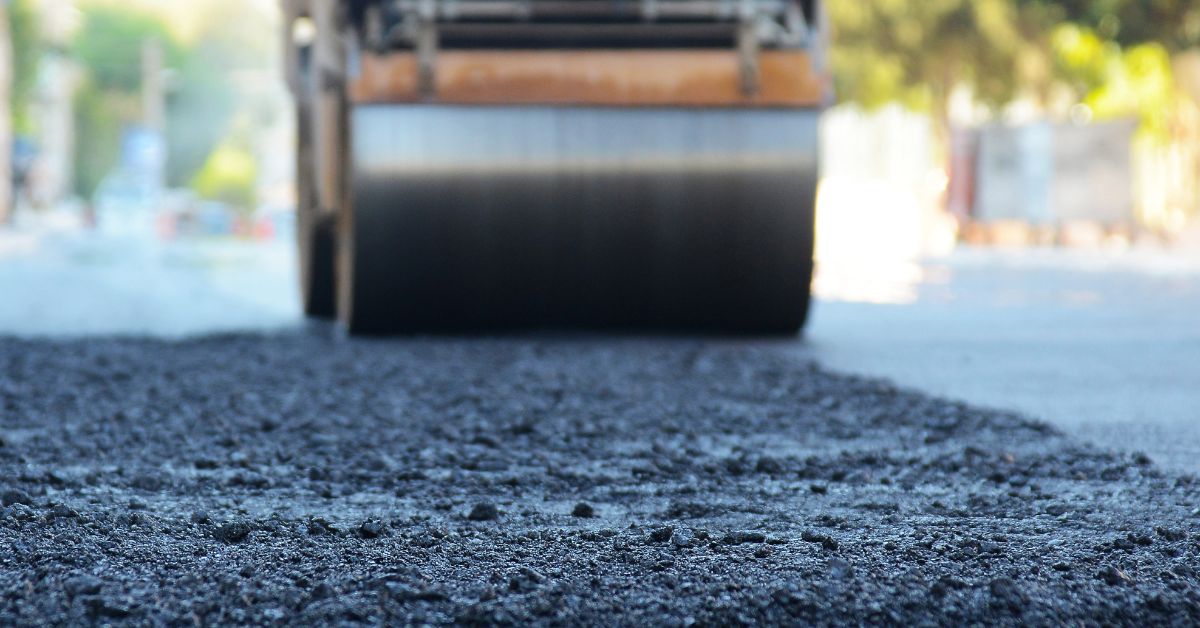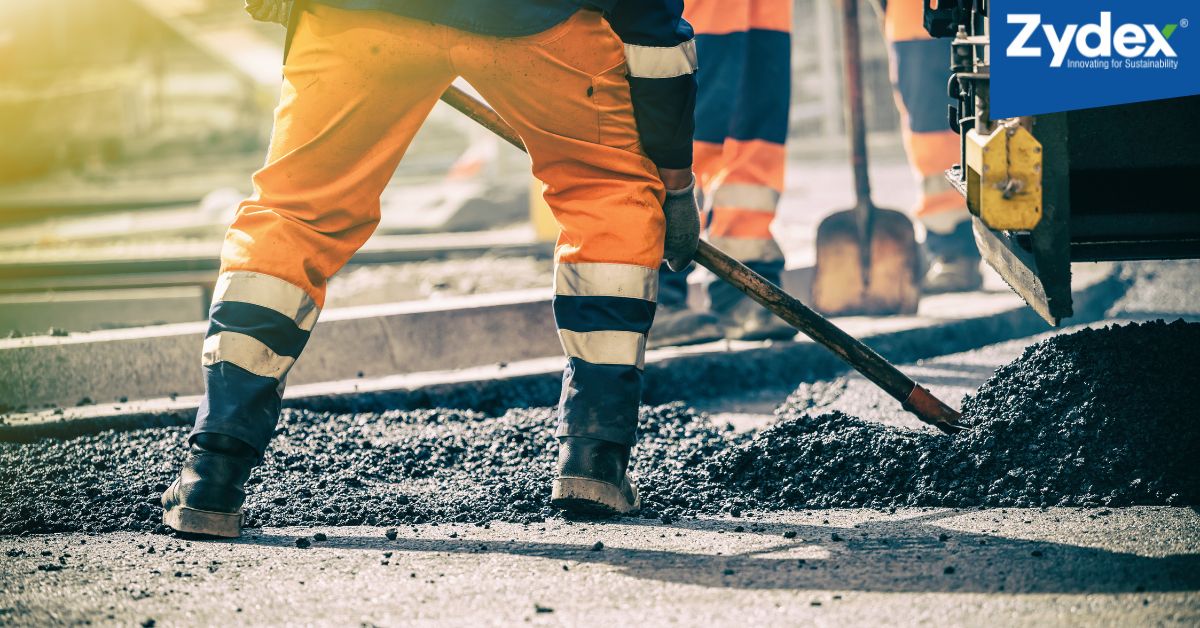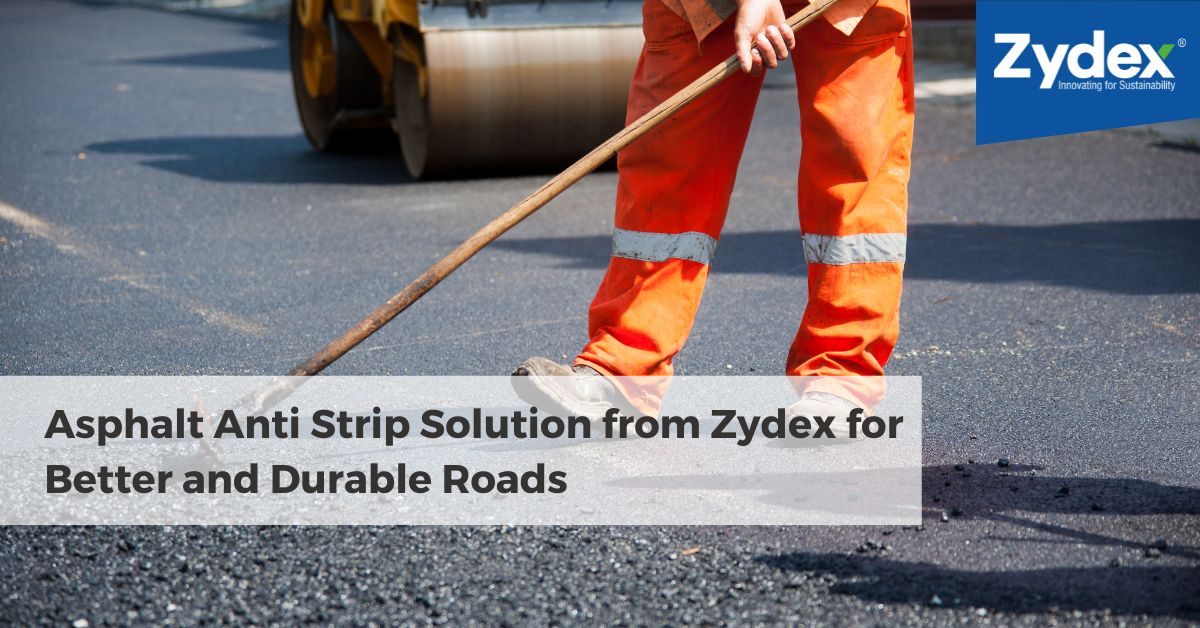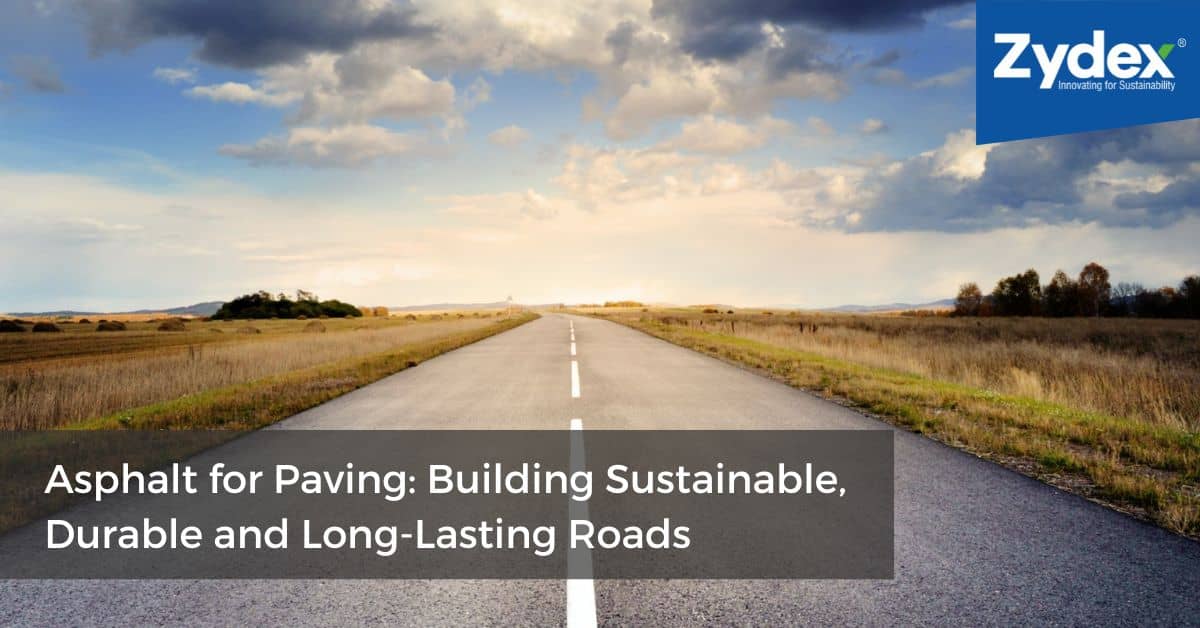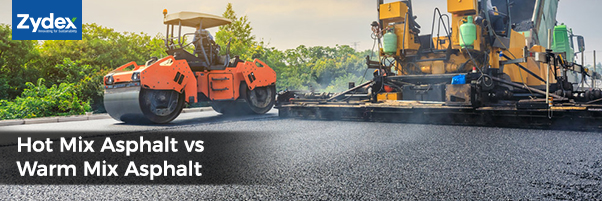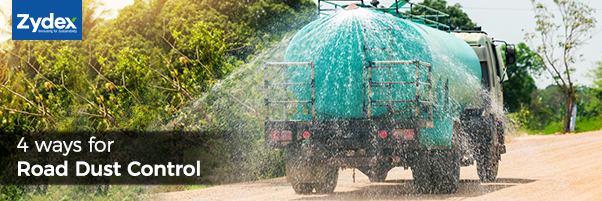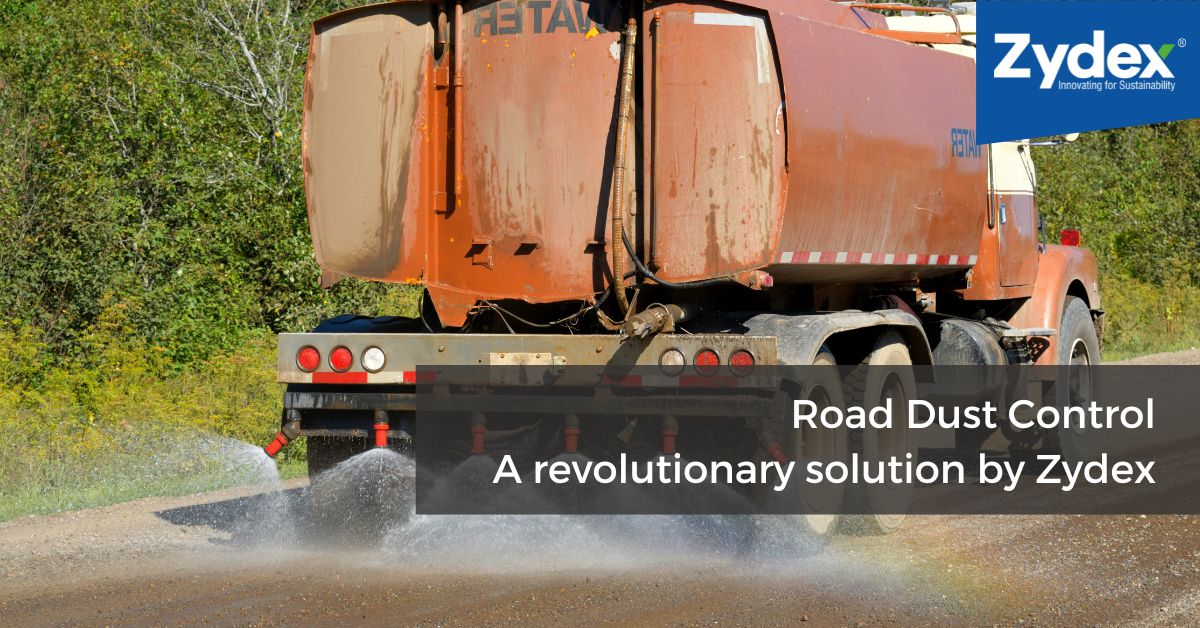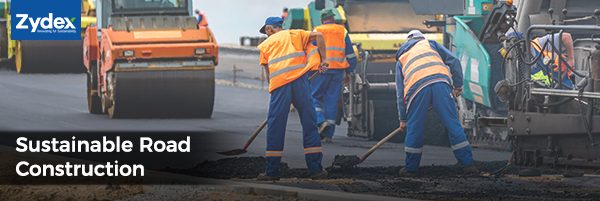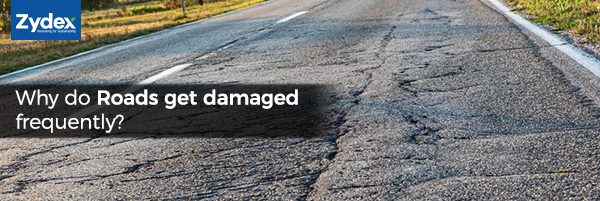Revolutionizing Road Construction: Introducing Zydex’s Silane-Based Additive for Bitumen Emulsions! Say goodbye to nozzle clogging and tire pickup with enhanced bonding and water resistance. Discover the future of prime and tack coats today!
Globally bitumen emulsions have been used for prime coat or we can call it tack coat. They are also used for prime coats which are used above the GSB or the WMM surface. One of the problems is wetting, spreading, penetration & good emulsion stability, which means resistance to nozzle clogging and the ability to bond with the aggregate soil surface, and clay surface.
Zydex has innovated silane based additive for bitumen emulsions which are water soluble but at the same time are reactive with silanol groups which are present on aggregates, soil particles or clay particles. This bonding and reaction happens at room temperature upon drying. And also it reduces the surface tension to make it very easily spreadable. It also forms a layer on the bitumen emulsion and reduces the tackiness so that tyre pickup is reduced in all the bitumen emulsion applications. These silane modifiers are used at 0.1 percent on the weight of bitumen emulsions and gives excellent non clogging performance to the bitumen emulsion used. The ease of spraying and the spray pattern of the bitumen emulsion is very good and the bonding of bitumen emulsion also comes out excellent when you cut the core after three weeks or six weeks. The quality of bonding has actually improved and its water resistance has also improved because of the chemical bonding of the silane additive which then helps bonding of the bitumen emulsion and the aggregate surface.


